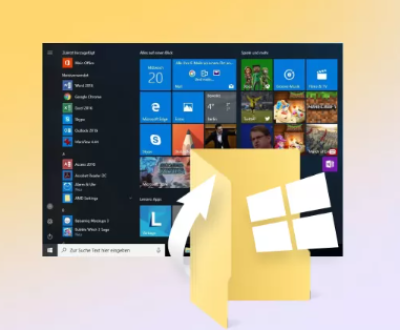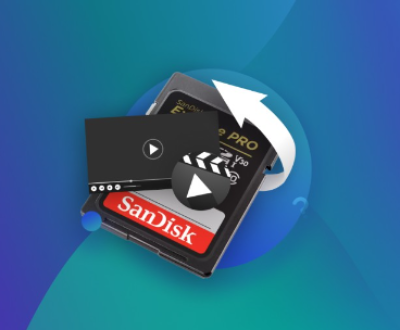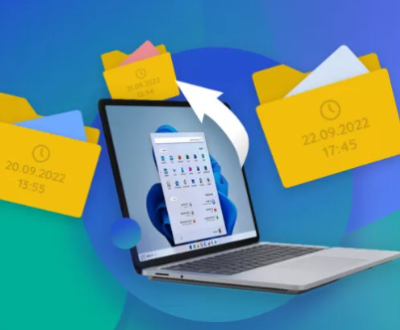Accidentally deleting photos from an SD card can be a stressful experience. Whether you’ve lost important pictures from a special event, a vacation, or a project, the thought of losing memories can feel overwhelming. Thankfully, with the right knowledge and tools, you can often recover deleted photos from your SD card, even after they’ve been permanently erased from the card’s memory.
Before diving into the process, it’s important to understand that when photos are deleted from an SD card, they are often not immediately erased. Instead, the space they occupy is marked as available for new data, meaning the actual files may still exist on the card. However, if new data is written over the deleted files, they may become unrecoverable. Thus, acting quickly is crucial in improving the chances of a successful recovery.

Why Are Photos Deleted?
There are many reasons why photos might be deleted from an SD card, including:
Accidental deletion: This can happen when you delete files intentionally or unintentionally, using your camera, phone, or computer.
Formatting the SD card: Formatting an SD card is a quick way to erase all files on it. If you mistakenly format your card without realizing that it still contains important data, you might lose your photos.
File corruption: SD cards can become corrupted due to physical damage, improper ejection, or other errors. This can result in the deletion or inaccessibility of files.
Malware or software errors: A virus or corrupt software could cause files to become inaccessible, lost, or deleted from your SD card.
Card damage or physical wear: Over time, an SD card can become worn out, and its data may be lost or corrupted, making recovery difficult.
Understanding these common causes can help you avoid making mistakes in the future and can also offer clues as to why your photos are missing.
Steps to Recover Deleted Photos from SD Card
Step 1: Stop Using the SD Card
If you’ve realized that you’ve accidentally deleted photos from your SD card, it’s crucial to stop using the card immediately. As we mentioned earlier, when data is deleted from the SD card, the space it occupies is marked as available for new data. By continuing to use the card (for instance, taking more pictures or saving new files), you risk overwriting the deleted photos, making them much harder to recover.
Eject the SD card from your device and avoid writing anything new to it.
Step 2: Check the Recycle Bin or Trash Folder
Before assuming that the photos are permanently lost, take a moment to check your computer’s Recycle Bin or Trash folder. If the photos were deleted through your computer, there’s a chance they might still be in the bin. This is particularly true if you’ve deleted the photos from your computer rather than directly from the SD card.
If the deleted photos are in the Recycle Bin or Trash folder, you can easily restore them by right-clicking and selecting “Restore” or dragging them back to their original location.
Step 3: Use Data Recovery Software
Panda Assistant is an advanced and versatile data recovery tool designed to help users retrieve lost, deleted, or corrupted files from a wide range of storage devices. Whether you’re dealing with accidental file deletion, a system crash, partition corruption, or even a drive format, Panda Assistant offers a comprehensive solution for recovering your important files with minimal effort.
The software is designed with an intuitive and user-friendly interface that simplifies the recovery process, even for users with little technical experience. It supports a broad array of storage media, including traditional hard drives (HDD), solid-state drives (SSD), USB flash drives, memory cards, RAID arrays, and more. Whether you’re recovering data from a personal computer, camera, or external storage device, Panda Assistant has you covered.
One of the key features of Panda Assistant is its ability to perform both quick and deep scans. The quick scan is perfect for recovering recently deleted files, while the deep scan performs a more thorough search, which is especially helpful for recovering files from corrupted or formatted drives. This flexibility ensures you can choose the best scanning method depending on the nature of the data loss.
Step 4: Using Professional Data Recovery Services
If you’ve tried using data recovery software and have not been able to retrieve your photos, it might be time to consider professional data recovery services. These services are typically offered by companies that specialize in retrieving data from damaged, corrupted, or severely compromised storage devices.
Professional recovery services tend to be more expensive, but they offer a higher chance of success when dealing with physically damaged SD cards, severe corruption, or other issues that might make it difficult for software to retrieve files.
If your SD card is physically damaged, such as being cracked or having water damage, don’t attempt to fix it yourself, as this could make the problem worse. Instead, contact a professional recovery service to increase the chances of successfully recovering your files.
Step 5: Save Recovered Photos Safely
Once you’ve successfully recovered your photos, make sure to save them to a secure location. Ideally, you should back up your photos to multiple storage devices (e.g., external hard drives, cloud storage, or other forms of backup) to avoid losing them in the future.
To make the process easier, consider using a photo management tool or cloud storage service to automatically back up your photos as soon as they are taken.
How to Prevent Photo Loss in the Future
While photo recovery is possible, it’s always best to take preventive measures to avoid losing important files in the first place. Here are some tips for safeguarding your photos:
Regularly back up your photos: Use cloud storage services, external hard drives, or online backups to ensure that your photos are safe, even if your SD card becomes corrupted or lost.
Use reliable SD cards: Invest in high-quality SD cards from reputable brands. Cheap or low-quality cards are more prone to failure and data loss.
Eject the SD card properly: Always eject your SD card safely from your camera, computer, or device before removing it to avoid file corruption.
Format your SD card regularly: While formatting an SD card erases all data on it, regular formatting can help prevent corruption. Always back up your data before formatting.
Keep your SD card in a safe place: Physical damage to your SD card can lead to data loss. Store your SD card in a protective case to avoid damage from moisture, dust, or other environmental factors.
About us and this blog
Panda Assistant is built on the latest data recovery algorithms, ensuring that no file is too damaged, too lost, or too corrupted to be recovered.
Request a free quote
We believe that data recovery shouldn’t be a daunting task. That’s why we’ve designed Panda Assistant to be as easy to use as it is powerful. With a few clicks, you can initiate a scan, preview recoverable files, and restore your data all within a matter of minutes.
Subscribe to our newsletter!
More from our blog
See all postsRecent Posts
- How to restore deleted images 2025-06-30
- How to restore a deleted file on windows 2025-06-30
- is there any way to restore deleted photos 2025-06-30

 Try lt Free
Try lt Free Recovery success rate of up to
Recovery success rate of up to









